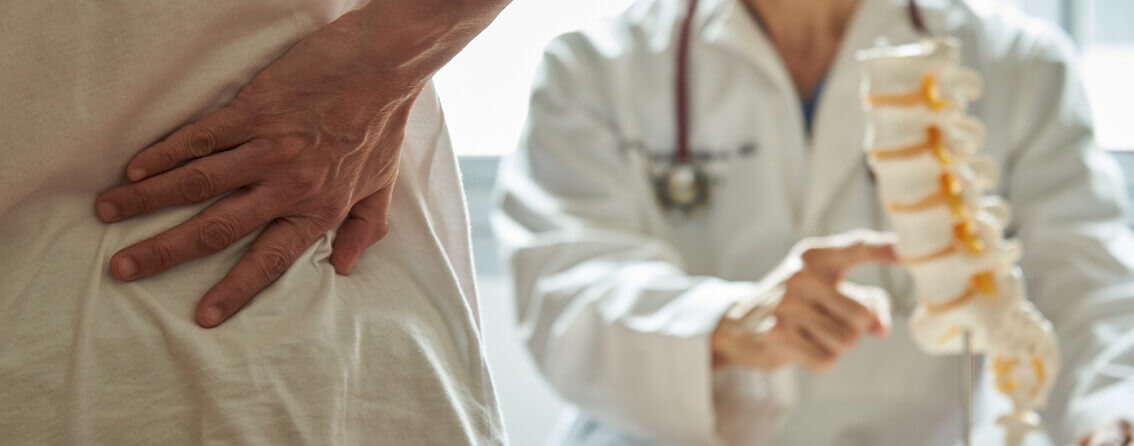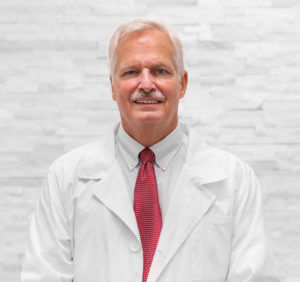Spine Surgery
At University Orthopedic Care, we are committed to delivering high-quality care and treatment to our patients, leveraging the latest medical advancements. Our team of highly skilled and experienced physicians, surgeons, and healthcare professionals is dedicated to providing individually tailored treatment plans, emphasizing a comprehensive approach toward orthopedic care that encompasses prevention, diagnosis, treatment, rehabilitation, education, and beyond. Our physicians use this comprehensive approach for all surgical procedures, including laminectomy and other spinal surgeries.
When it comes to advanced and precise surgical procedures like spine surgery, University Orthopedic Care stands at the forefront of innovation. Our surgical team utilizes cutting-edge technologies and minimally invasive techniques to ensure precision, reduce recovery time, and enhance patient outcomes. Whether it is a complex spinal reconstruction or a simple disc procedure, patients can trust in the expertise and dedication of our surgical team.
Common Spine Surgery Procedures
The spine surgeons at University Orthopedic Care treat a wide range of spine conditions, ranging from bulging discs to vertebra breaks. Some of the more common surgical treatments our expert spinal surgeons offer include:
- Artificial cervical disc replacement
- Artificial lumbar disc replacement
- Cervical disc replacement
- Lumbar disc replacement
Additional spinal surgeries we are proud to perform and offer education on include the following:
Microdiscectomy is a type of minimally invasive spine surgery that aims to alleviate pain caused by a lumbar herniated disc. In simpler terms, it is a procedure used to treat a disc in your lower back that is putting pressure on your nerves, causing pain, weakness, or numbness in your lower body. During a microdiscectomy, a surgeon removes a small portion of the bone or disc material that is compressing these nerves to alleviate these symptoms. This procedure is typically recommended after non-surgical treatments have failed to provide relief and can offer a significant improvement in the quality of life for patients suffering from this condition.
A laminectomy is a surgical procedure often performed to alleviate severe back pain or symptoms associated with conditions like spinal stenosis. Spinal stenosis is a condition where the spinal narrows, exerting pressure on the spinal cord and nerve roots. This pressure can cause discomfort, numbness, or weakness, often in the legs, feet, or buttocks. Through a laminectomy, a surgeon removes the back part of a vertebra (the lamina) to create more space, relieving this pressure and reducing the associated symptoms. It is important to note that this procedure is typically considered when non-surgical treatments, such as medication or physical therapy, have failed to provide sufficient relief.
Spinal fusion is a surgical procedure used to correct issues with the vertebrae in the spine. It is a method that essentially "fuses" these bones together, forming a single, solid bone. This procedure can remedy a range of conditions, including spinal instability or weakness, which can stem from conditions such as spinal stenosis or spondylolisthesis. It can also provide relief for severe chronic pain resulting from conditions like degenerative disc disease or scoliosis. As a result, spinal fusion can enhance the quality of life by providing stability, reducing pain, and improving physical functionality.
Vertebral enhancement, more commonly known as vertebroplasty, is a minimally invasive surgical procedure designed to strengthen fractured or weakened vertebrae in our spines. This procedure is commonly used to treat conditions such as vertebral compression fractures, a condition where cancer cells spread to the spine from another location in the body, and vertebral hemangioma, or benign blood vessel tumors in the spine. By injecting medical-grade bone cement into the vertebra, vertebral enhancement helps alleviate pain, improve mobility, and restore quality of life for patients suffering from these conditions.
Kyphoplasty is an innovative orthopedic procedure that restores the strength and shape of a fractured vertebra in the spine. During kyphoplasty, a small balloon is carefully inserted and inflated within the fractured bone to create space. Then, a special cement-like material is injected to fill the space, stabilizing the fracture. Not only does kyphoplasty help alleviate pain caused by the fracture, but it also helps restore some or all of the lost vertebral body height due to the compression fracture.
Anterior Cervical Discectomy and Fusion is a two-part surgical process aimed at relieving spinal cord or nerve root pressure, which often causes neck pain. In the first part of the procedure, our orthopedic surgeon removes a problematic disc from the neck in a procedure called a discectomy. Then, we join two or more vertebrae together to stabilize the spine through a fusion. This procedure results in a significant reduction in your neck pain, enhanced mobility, and improved quality of life.
Cervical fusion is similar to constructing a bridge in the neck. When problematic discs lead to pain or instability, we work to establish a stable connection between two or more vertebrae. This involves using a bone graft, and sometimes metal hardware, to promote bone growth and fusion. This results in a sturdy structure that alleviates pain and enhances neck stability. It is a proven procedure that offers substantial relief and an improved quality of life, particularly for individuals who have not found success with non-surgical treatments.
Lumbar decompression is a strategic surgical procedure designed to alleviate pain in the lower back. Lumbar decompression works to create more space within the narrowed tunnel in the spine that is putting pressure on the nerves, causing pain and discomfort. This results in a significant reduction in discomfort and an improved quality of life. This procedure is particularly beneficial for those who have not found relief through non-surgical treatments.
In the realm of orthopedics, laser-assisted spinal surgery is a cutting-edge procedure that's changing the way we approach back pain. This precise and minimally invasive technique uses a laser to target specific areas of the spine causing discomfort, from herniated discs to ligament enlargement. The laser works by removing portions of soft tissue that are putting pressure on your nerves, thereby alleviating pain. This procedure is not only highly targeted but also results in shorter recovery times compared to traditional surgeries.
Laminectomy Near Me in Florida
The expert doctors at University Orthopedic Care look forward to meeting you so you can start living your life without limits once again. If you have any questions about the orthopedic spine surgeries that we can offer to you and your loved ones, including laminectomy and disc replacement, please contact us today. To get started on your journey to greater mobility and reduced pain, we encourage you to request an appointment online.







